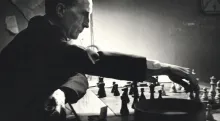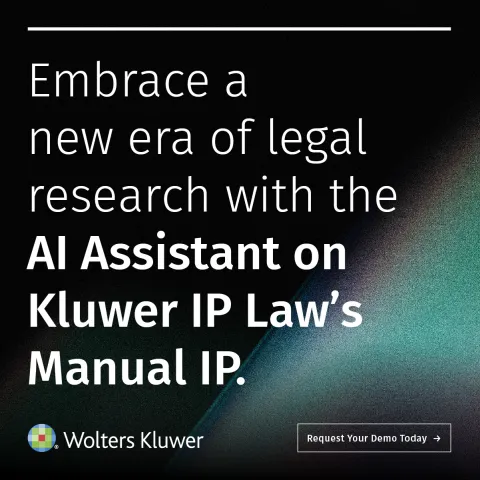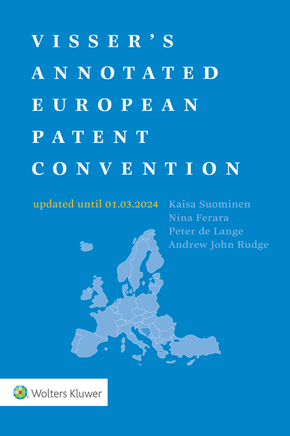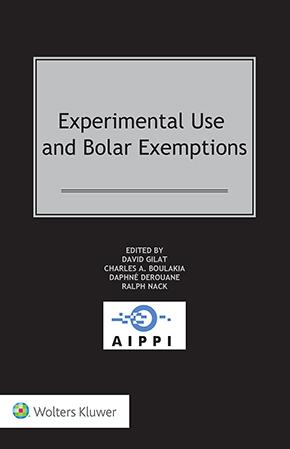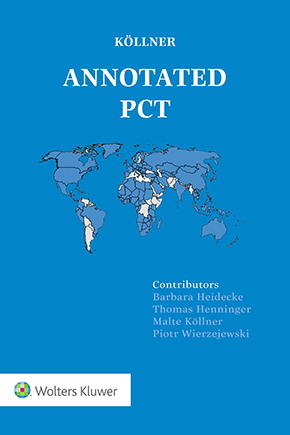New Draft Guidelines on Patent Examination of AI-related Inventions in Brazil
August 19, 2025
It is well known that Artificial Intelligence (AI) is transforming industries worldwide, and with this transformation comes an increasing demand for patent protection. Although the examination of AI-related inventions is still the subject of wide debate, patent offices across the globe have already issued guidelines to assist applicants and examiners on this matter. Brazil has now joined this international movement.
On August 18, 2025, the Brazilian PTO (BRPTO) released Draft Guidelines for Patent Examination of AI-related Inventions for public consultation. The document aims to provide clarity for applicants, examiners, and legal professionals, ensuring greater predictability in the examination of AI patents. For companies investing in AI innovation, as well as for IP law firms advising them, understanding these guidelines is essential.
The BRPTO draft guidelines were highly anticipated due to the growing number of AI-related patent filings in Brazil and the lack of clarity on how examiners should evaluate such applications under current law and regulations. The guidelines aim to establish a transparent framework, aligning Brazil with international practices while respecting the Brazilian IP Statute.
The draft focuses on the following pillars: the exclusion of non-patentable subject matter; recognition of patentability for technical applications of AI that solve a concrete technical problem; sufficiency of disclosure and clarity in the specification and claims as key requirements; and non-obviousness based on local rules, while remaining consistent with interpretative approaches adopted in other major jurisdictions, such as the EPO’s “technical effect” doctrine and the USPTO’s “abstract ideas” framework.
In this regard, as in other jurisdictions, some aspects remain outside the scope of patent protection, such as pure mathematical models, equations or algorithms, statistical methods or training procedures lacking a technical application, business methods or organizational processes implemented by AI, and computer programs “as such” without producing a technical effect. These exclusions ensure that genuine technical contributions can be protected by patents.
In addition, the draft clarifies that inventions generated autonomously by an AI system, without human intervention, are not eligible for patent protection, since inventorship must always be attributed to a natural person. Conversely, AI can be used as a supporting tool, but the inventive concept and definition of the claimed solution must ultimately derive from human intellectual contribution.
The most valuable contribution of the BRPTO draft lies in its practical guidance identifying how AI-related inventions can be successfully structured to meet patentability requirements. For applicants and law firms, this means focusing on technical applications, detailed disclosure, and well-drafted claims.
Applicants must clearly identify the technical field in which the AI operates. Broad references to “AI” or “neural networks” are insufficient. The draft emphasizes that AI-related inventions can be patentable when they provide a technical solution to a concrete problem, and that the decisive factor is the technical application of the AI—not the abstract algorithm behind it.
Sufficiency of Disclosure
The draft provides detailed guidance on how sufficiency of disclosure (Arts. 24 and 25 of the Brazilian IP Statute) should be ensured in AI-related inventions. Since AI models are often perceived as “black boxes,” the specification must include enough technical information to enable a skilled person to reproduce the invention without undue experimentation.
According to the draft, applications that merely state that “an AI model was used” or vaguely refer to “training with historical data” will not satisfy the sufficiency requirement. Instead, the specification should provide relevant details, such as:
The dataset or type of data used (its structure, variables, and source).
The correlation between input data and the outputs generated by the AI.
Preprocessing steps, including data cleaning or normalization procedures.
The model or algorithm employed, along with essential parameters and hyperparameters.
Training methods (e.g., data split into training/validation/test sets, optimization strategies).
Evaluation metrics demonstrating the technical effect achieved.
The way in which AI interacts with other technical components of the system.
Positive Example: A system using AI to detect motor failures through sound signals, where the specification describes the captured variables, the neural network architecture, and reports measurable diagnostic accuracy. Even if retraining leads to slight variations in performance, the technical contribution is reproducible and sufficiently disclosed.
Negative Example: An AI-based refrigerator control system where the specification merely states that “a model trained with historical data adjusts the compressor,” without detailing the variables collected, the model architecture, or its integration with the control mechanism. Such lack of detail prevents reproduction and fails to meet sufficiency requirements.
The draft also states that in some cases, well-known techniques can be omitted if they do not constitute the core contribution of the AI-related invention (e.g., standard voice recognition models when the inventive contribution lies in a novel steering mechanism for vehicles).
Drafting of Claims
The draft establishes clear boundaries for claim drafting. Claims directed solely to the AI model or technique itself (e.g., “a neural network,” “a genetic algorithm,” “training data”) are not admissible, as these constitute non-patentable subject matter. Instead, claims must explicitly define the technical application of the AI in the preamble. For example: “Method for facial recognition using a neural network, characterized by (…)”. If a claim is initially framed under the wrong category (e.g., “a training method of a neural network for face recognition”), but in substance discloses the technical features of a facial recognition method, it must be reformulated. Such reformulation does not contravene Article 32 of the Brazilian IP Statute, as it corrects a material drafting error.
This reinforces the BRPTO’s position that claims must emphasize the technical application and effect rather than protecting the AI model in the abstract.
Non-obviousness
Finally, the draft devotes considerable attention to non-obviousness (Article 8 and 13 of the Brazilian IP Statute). For AI-related inventions, non-obviousness is assessed by comparing the claimed subject matter with prior art, considering both the field of AI and the specific technical field of application The draft highlights situations where non-obviousness is not recognized:
Simple automation of known manual or deterministic processes using AI (unless unexpected technical effects arise).
Simple combinations of known AI techniques that do not produce a new technical effect.
Straightforward substitution of one AI model for another with an equivalent function.
Routine parameter adjustments (e.g., modifying learning rates or the number of layers in a convolutional neural network) that fall within ordinary optimization practices.
Performance gains derived solely from running existing AI models on more powerful hardware, where improvements are predictable.
By contrast, non-obviousness may be recognized when the application of AI leads to an inventive technical contribution, such as:
A system that adapts sensor configurations in real time within oil wells, integrating AI with control modules to improve energy efficiency and reliability.
A welding prediction model where a neural network is integrated with real-time automatic adjustment of welding parameters, producing uniform results and reducing defects.
A medical imaging system that incorporates adaptive preprocessing steps linked to biological features of the sample, resulting in non-trivial diagnostic improvements.
An industrial quality control system where AI not only detects defects but dynamically adjusts machine parameters to prevent future errors (feedback loop).
An AI system designed to explore specific synergies between hardware and software, producing unexpected latency or efficiency gains not achievable by hardware alone.
In all these cases, the decisive factor is the unexpected technical effect that goes beyond what a skilled person would consider routine.
In conclusion, the BRPTO’s draft guidelines on AI-related patents represent an important step in Brazilian patent practice. By providing this initial clear framework on what is excluded, how sufficiency of disclosure must be ensured, how claims should be drafted, and how non-obviousness will be assessed, the guidelines increase legal certainty and align Brazil with international best practices.
For applicants, the message is promising: patent protection in Brazil will be available for AI-related applications that produce concrete technical effects, provided they are well described, properly claimed, and demonstrate non-obviousness.
You may also like



